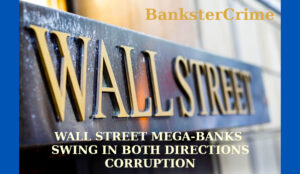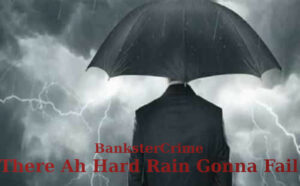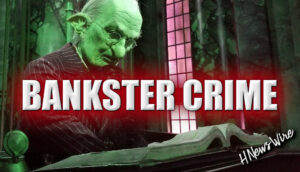
By Pam Martens and Russ Martens:
Andrew Ross Sorkin
Yesterday, in an emailed newsletter to readers of the New York Times, financial writer Andrew Ross Sorkin effectively admitted that he has had no clue what bank capital actually is for the past 14 years so he just grabbed the phrase “rainy day fund” to describe it – notwithstanding that the phrase has no relationship to the factual definition of bank capital and serves only the interests of the banking lobby.
Sorkin’s missive included this:
“Andrew here. A year on since the collapse of Silicon Valley Bank renewed fears about the strength of the banking system, the debate about what should happen next continues.
“But there is a more important, if perhaps prosaic, point that I want to address this morning: We’re thinking about ‘capital requirements’ — regulatory standards meant to protect banks against losses and runs on deposits, and whose levels have been a subject of discussion since the 2008 financial crisis — all wrong.
“And, the truth is, some journalists — including myself — have not helped. (In fact, we may have made it more confusing.)
“We often refer to ‘capital requirements’ as a ‘rainy-day fund,’ or cash-like instruments that need to be ‘held’ so that banks can withstand a shock to the system. But that’s not exactly right.”
Let’s pause here for a moment. Sorkin is being far too kind to himself when he says “that’s not exactly right.” In fact, it’s dead wrong.
Sorkin continues:
“My friend Jesse Eisinger, the Pulitzer Prize-winning journalist, and Anat Admati, a professor at Stanford, separately emailed me and other colleagues recently, pointing out the misunderstanding about how the rules around ‘capital requirements’ are described.”
Let this settle in for a few moments. A New York Times financial writer who has been opining on financial matters as co-host of CNBC’s Squawk Box since 2011 and wrote a bestseller book on what caused the banking crash of 2008 is admitting now, in 2024, that he has to be schooled by a Pulitzer Prize winning author and an Economics Professor at Stanford on his misunderstanding of what bank capital actually is.
The reason this is coming to light is that Sorkin has apparently drawn the attention of the good guys who are standing up to the propaganda spewing from the banking lobby and their television ads. The bank lobbyists’ TV ad campaign is attacking federal regulators’ proposed rules to increase capital requirements on the 37 largest banks in the U.S., particularly those that represent the largest systemic risks through their high-risk trading and derivatives activities. (See our report: The Battle Over Capital at the Mega Banks Must Expand to Breaking Them Up.)
The banking lobby is making good use of Sorkin’s misleading “rainy day fund” characterization of bank capital by promoting the false narrative that higher capital requirements at the largest banks will hurt working families and farmers by making bank loans harder to get, ostensibly because the higher requirements will deplete the “rainy day fund.”
According to a quick check in news archives, Sorkin’s misuse of this “rainy day fund” characterization of bank capital dates back to at least 2009 when he appeared in both a CNN interview on October 24, 2009 and again in a Meet the Press interview on October 25, 2009 using the rainy day analogy.
In fact, bank capital is not a “fund.” It’s not cash. It’s not liquid assets. It’s an accounting term and a balance sheet item whose components have changed over time. At present, according to the Federal Deposit Insurance Corporation (FDIC), the federal bank regulator and agency that insures bank deposits up to a maximum of $250,000 per depositor, per bank, bank capital is the following:
“Common equity tier 1 capital is the most loss-absorbing form of capital. It includes qualifying common stock and related surplus net of treasury stock; retained earnings; certain accumulated other comprehensive income (AOCI) elements if institution management does not make an AOCI opt-out election, plus or minus regulatory deductions or adjustments as appropriate; and qualifying common equity tier 1 minority interests. The federal banking agencies expect the majority of common equity tier 1 capital to be in the form of common voting shares and retained earnings.
“Additional tier 1 capital includes qualifying noncumulative perpetual preferred stock, bank-issued Small Business Lending Fund (SBLF) and Troubled Asset Relief Program (TARP) instruments that previously qualified for tier 1 capital, and qualifying tier 1 minority interests, less certain investments in other unconsolidated financial institutions’ instruments that would otherwise qualify as additional tier 1 capital.
“Tier 2 Capital includes qualifying preferred stock, subordinated debt, and qualifying tier 2 minority interests…”
In a January16, 2024 letter to federal bank regulators, Professor Admati made the following key points:
“The debate on banking regulation in recent decades has been dominated by flawed and misleading claims. A particularly insidious yet pervasive confusion concerns the meaning of the word ‘capital’ and what capital regulations are all about. Stating that banks ‘hold capital’ falsely suggests that bank capital is the same as cash reserves, and it allows bank lobbyists and others to claim falsely that capital regulations force banks to ‘set aside capital’ and that ‘capital’ is money left ‘out of the economy.’ In a December 6, 2023 hearing of the Senate Committee on Banking, Housing and Urban Affairs, for example, Ranking Member Tim Scott ‘translated’ the issues around Basel III Endgame to ‘the average American’ by stating that under the rules ‘capital’ will be ‘on the sidelines’ instead of being used to make loans. As mentioned earlier, it is in fact banks’ reserves at the Fed, including those borrowed under the emergency BTFP [Bank Term Funding Program] to enjoy easy money and arbitrage profits (from the interest the Fed pays on reserves balances) that are ‘parked’ and taken out of the economy. Moreover, under rules framed through a complex system of risk weights that is used to ‘economize’ on equity, government [debt] and other securities assigned small or even zero risk weights are often more attractive to banks than making consumer or business loans. Banks often threaten that ‘credit and growth will suffer,’ yet credit and growth suffer most when banks have too little equity [capital], not ‘too much.’ ”
This is not the first time that Sorkin has been called out for grossly inaccurate reporting that benefitted mega banks on Wall Street.
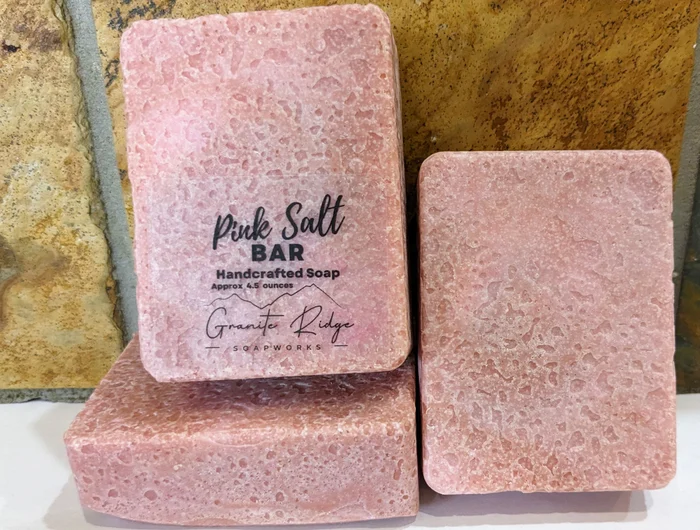
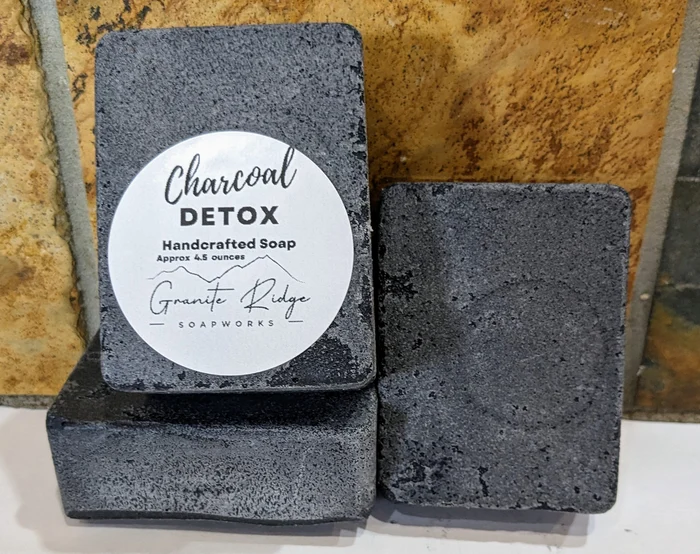
These bars are formulated for special skin needs. Our soaps are gentle and produce a smooth creamy lather that is nourishing to your skin. They leave your skin feeling amazing. Our bars are handmade in small batches. We use only high-quality natural ingredients that you can pronounce. No chemicals, no sodium laurel sulfate, no phthalates, no parabens, no detergents.
Our soaps are made with skin loving ingredients including olive oil, coconut oil, lard, sweet almond oil, shea butter, and castor oil. We do not use palm oil. They are only scented lightly with essential or fragrance oils.
Soaps:
Charcoal Detox Bar is made with Activated Charcoal and an essential oil blend of Tea Tree and Rosemary. All of these ingredients are know for their detoxification properties.
Lavender For Dry Skin is formulated with lots of extra moisturizers for those with dry skin. It is lightly scented with Lavender and Champagne fragrance oil.
Lavender For Oily Skin is specially designed for those with oily skin who want much less moisturizer from their soap bar. It is lightly scented with Lavender Essential Oil.
Pink Salt Bar has a smooth feel on your skin. It is made with pink sea salt and is great for all types of troubled skin. It is lightly scented with our original Honey Almond scent.
Pure Olive Castile contains only olive oil. It is made especially for those with sensitive skin. This is a simple bar with no additives and no scent added, just the natural scent of the olive oil.
Samples give you a chance to try before you buy. You will receive two random samples, unless you specify which ones you would prefer. Each sample will weigh approximately 0.3 ounces.
This listing is for 1 of our beautiful bars of soap. A bar will weigh approximately 4 ounces and be approximately 2.25 inches wide by 3.5 inches tall and 1.25 inch thick. Please keep in mind that our products are handmade and hand cut. Each bar is unique and might vary slightly in shape, size, design, and color from those pictured.
Please keep your handmade soap well-drained and allow to dry between uses. This will ensure a longer lasting bar.
Allergen: Our soaps contain dairy and oil from tree nuts. Please test on a small area of skin prior to use and stop using if irritation occurs. Do not use if you are pregnant. Do not use on infants under the age of 24 months. Do not get soap in your eyes as it will sting slightly. Go Shopping
Related Products
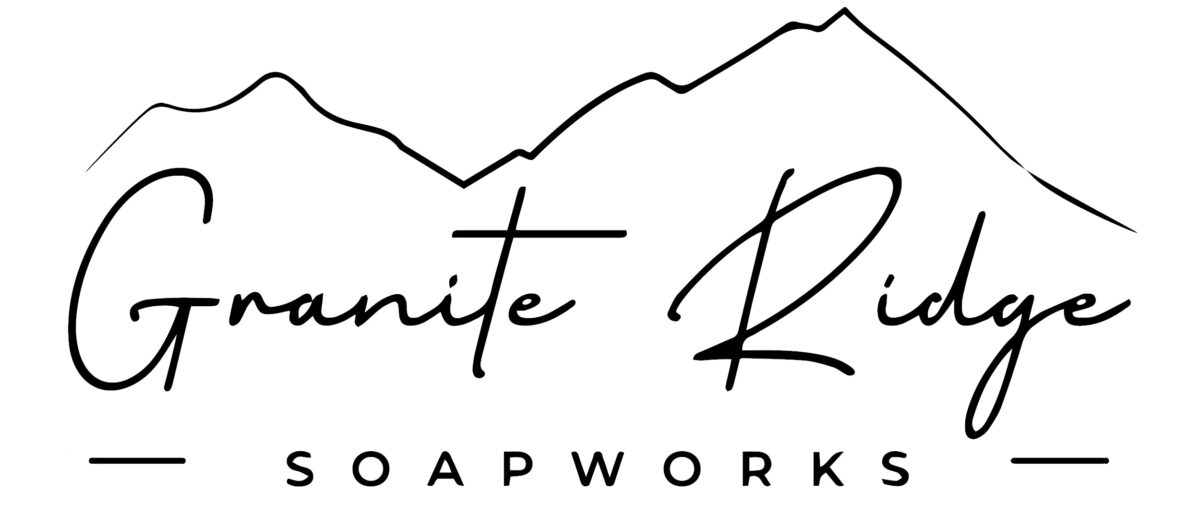
![]()


